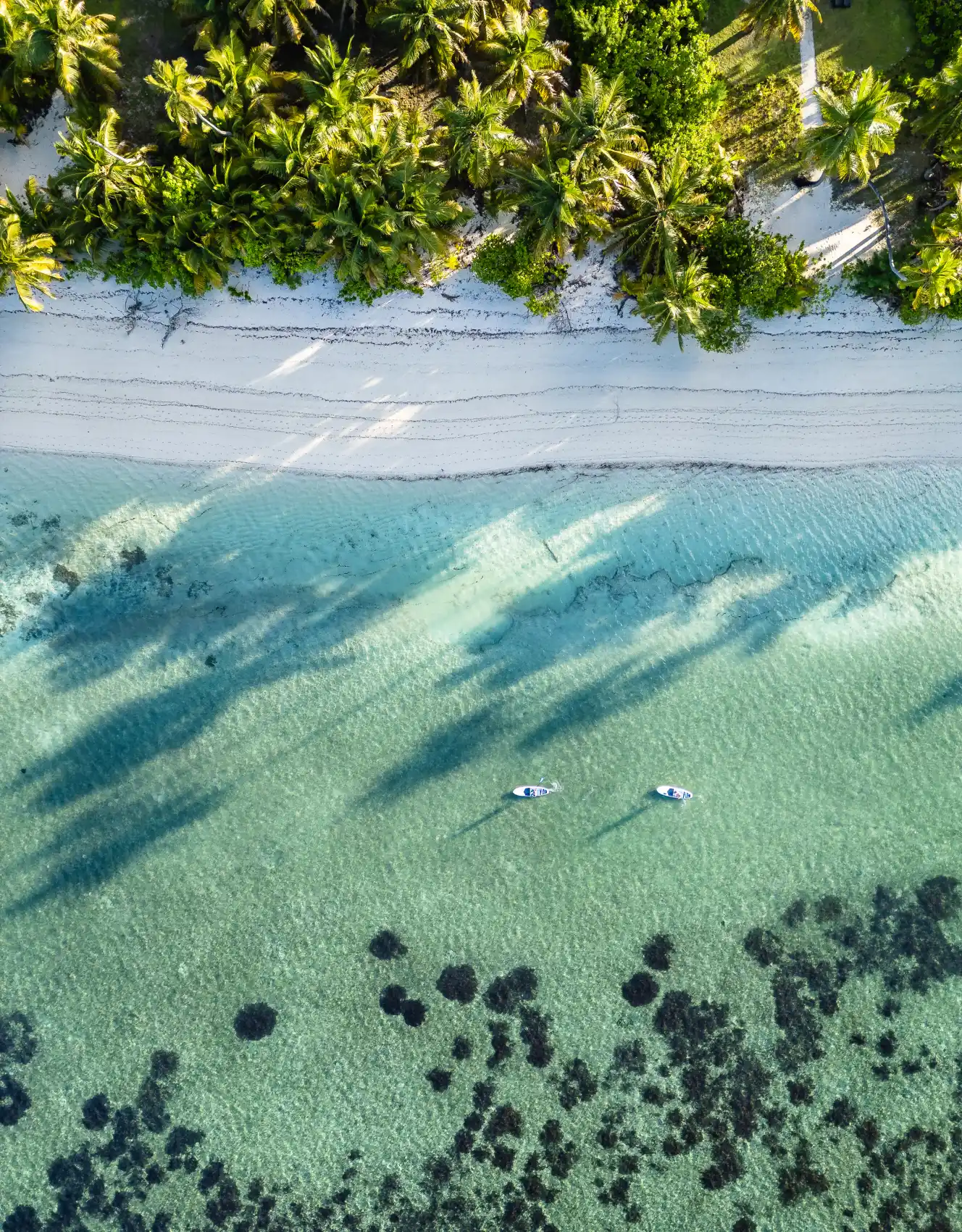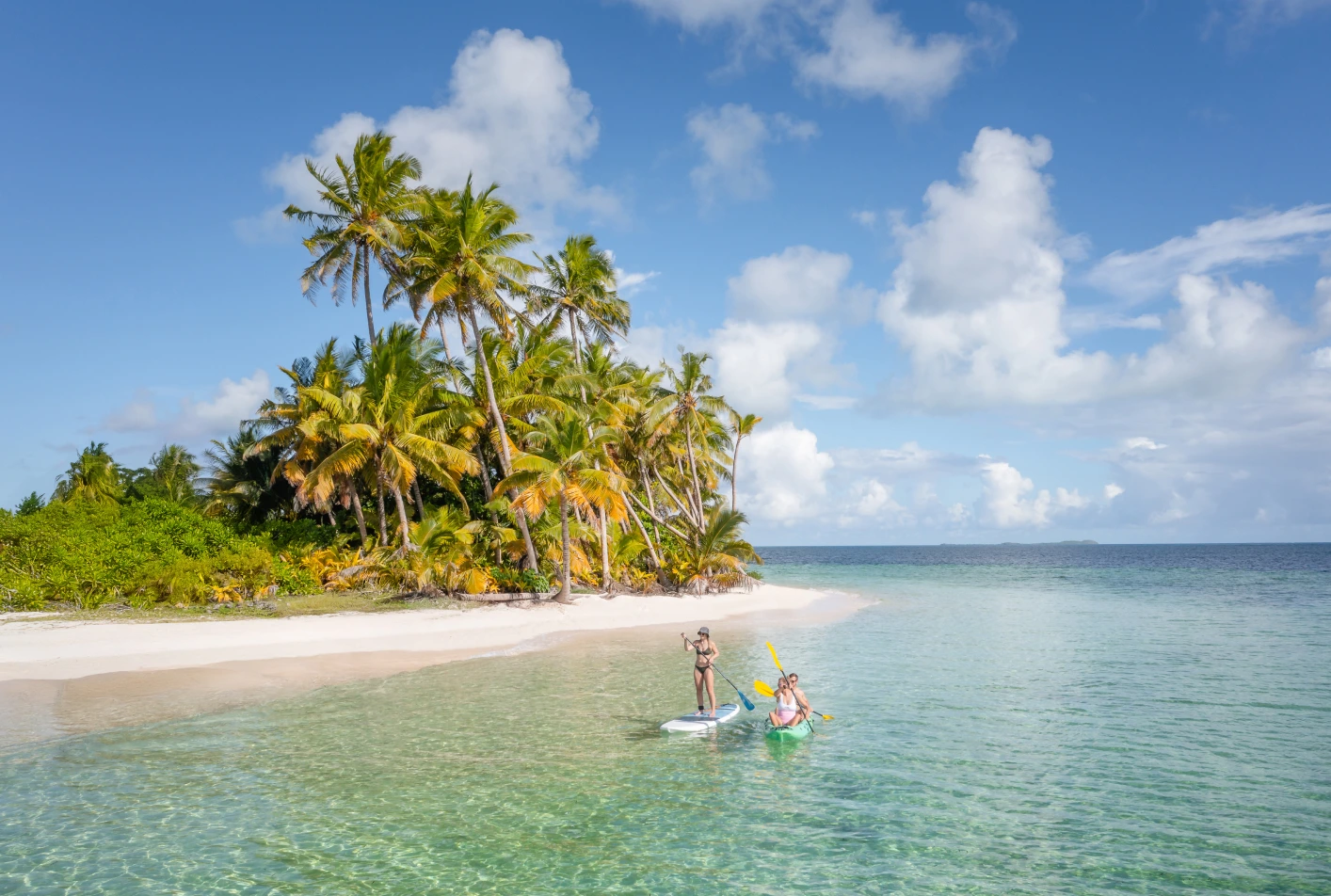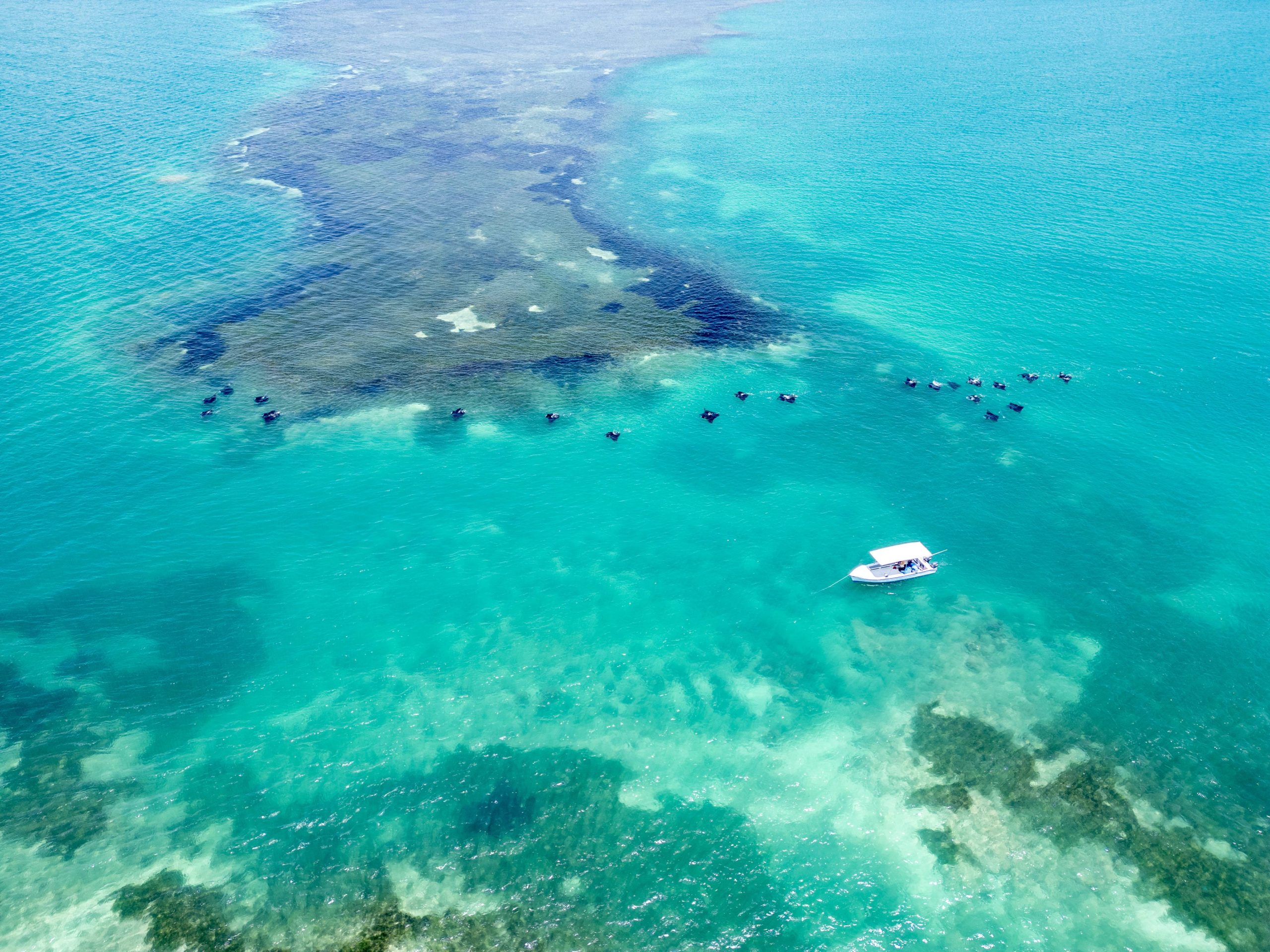Diving Deep: The Best Scuba Diving Experiences in the Seychelles When it comes to diving in the Seychelles, there are few places that evoke the same sense of awe and adventure as Alphonse Island. Here at Blue Safari, we don’t just offer diving—we offer a journey into one of the last truly untouched marine sanctuaries […]

A little bit of heaven on earth. I am loathe to write this review as I want to keep this destination a secret for as long as possible! What I can I say: magical, memorable, unforgettable, holiday of a lifetime (but we will be back!) We watched the promotional video on the Blue Safari website – it looked lovely, but experiencing the real thing was far far better!
TomUK











